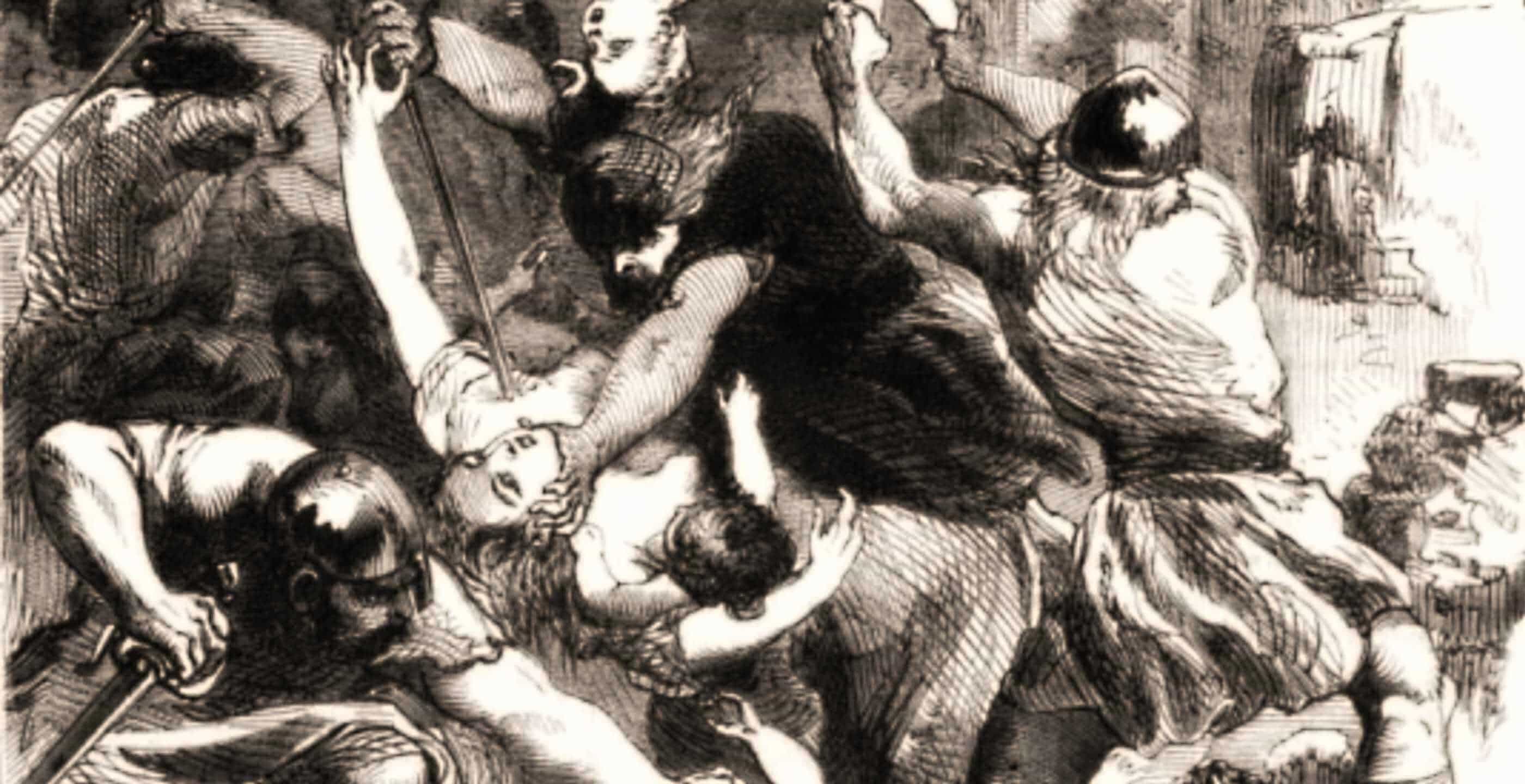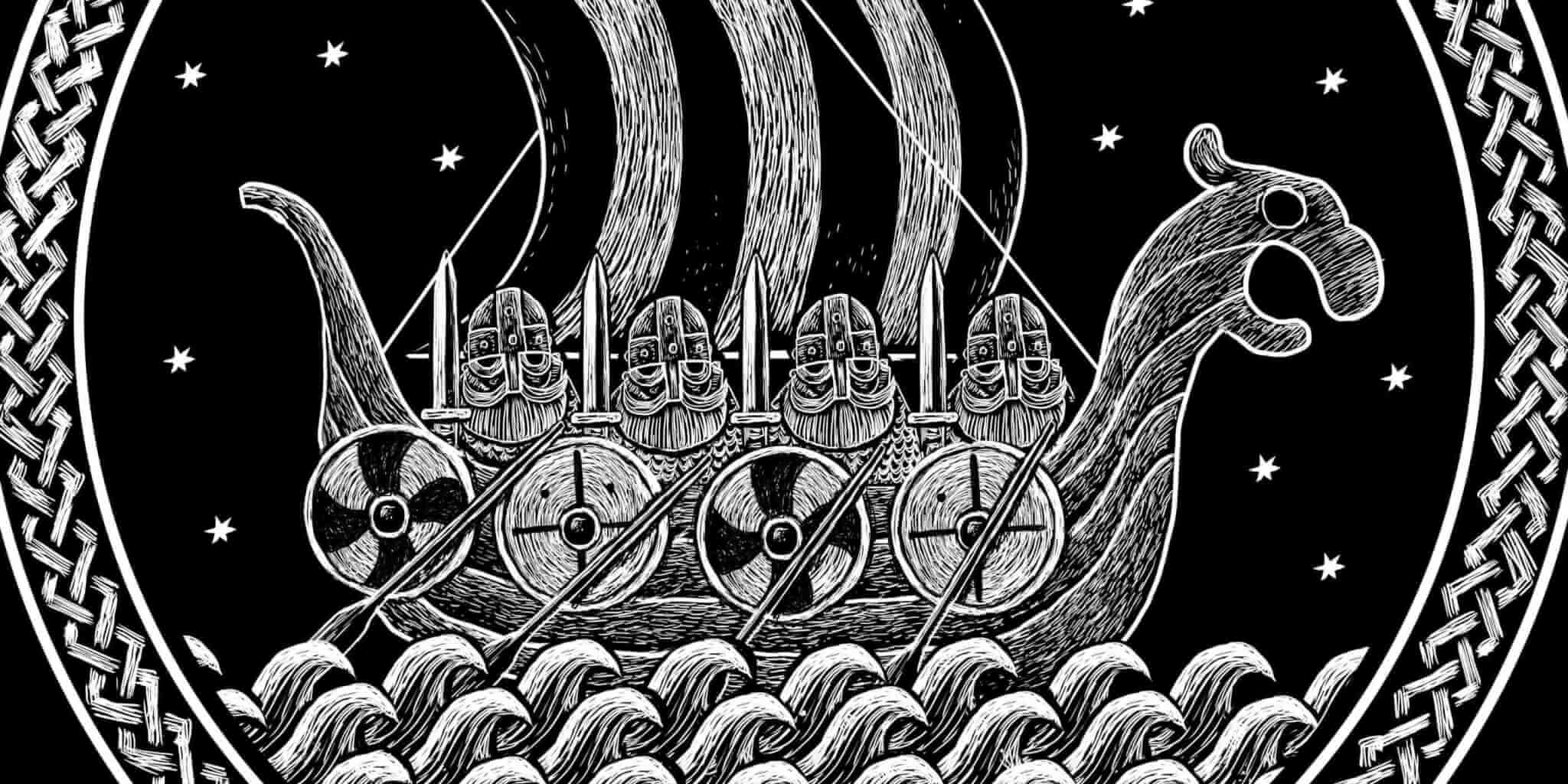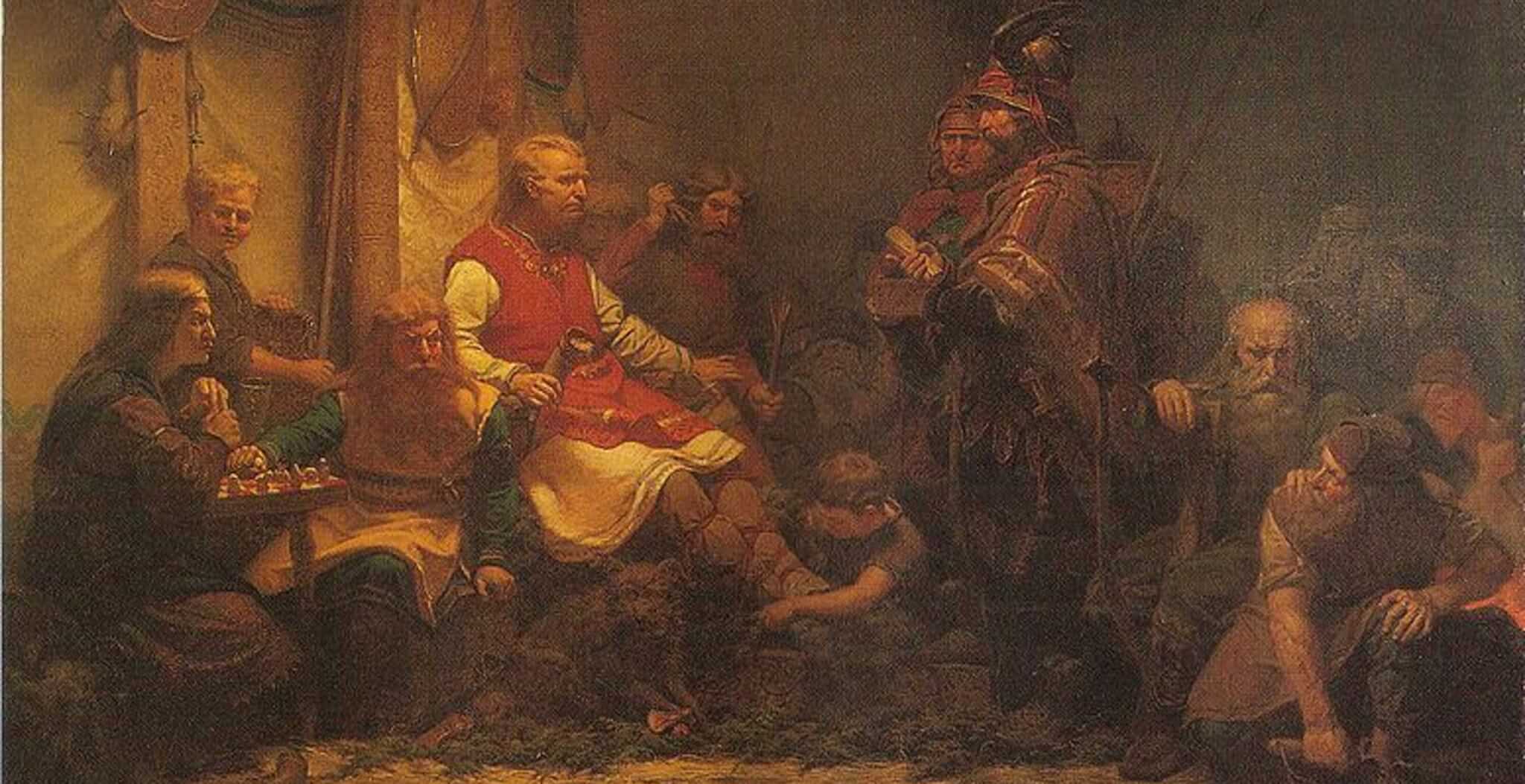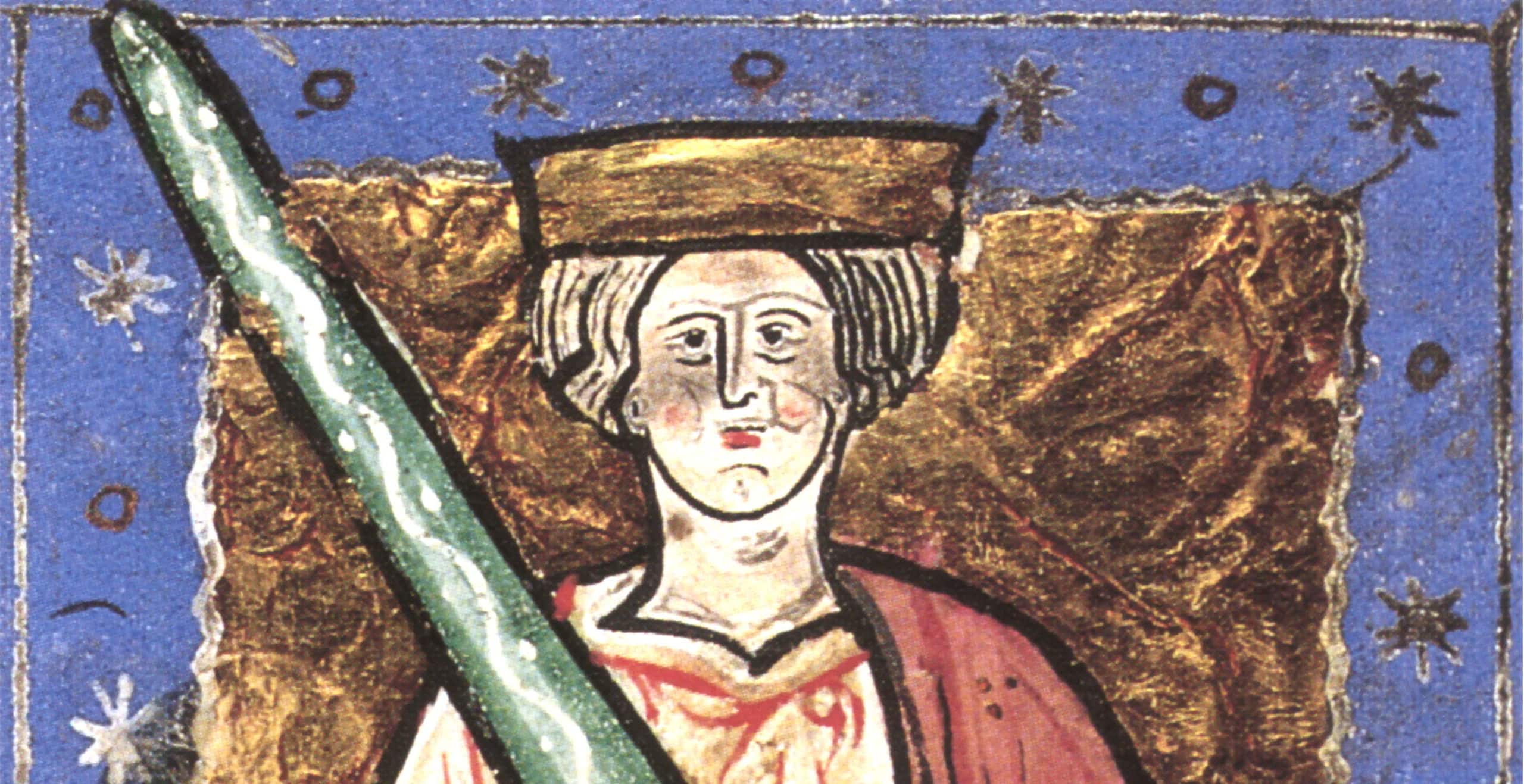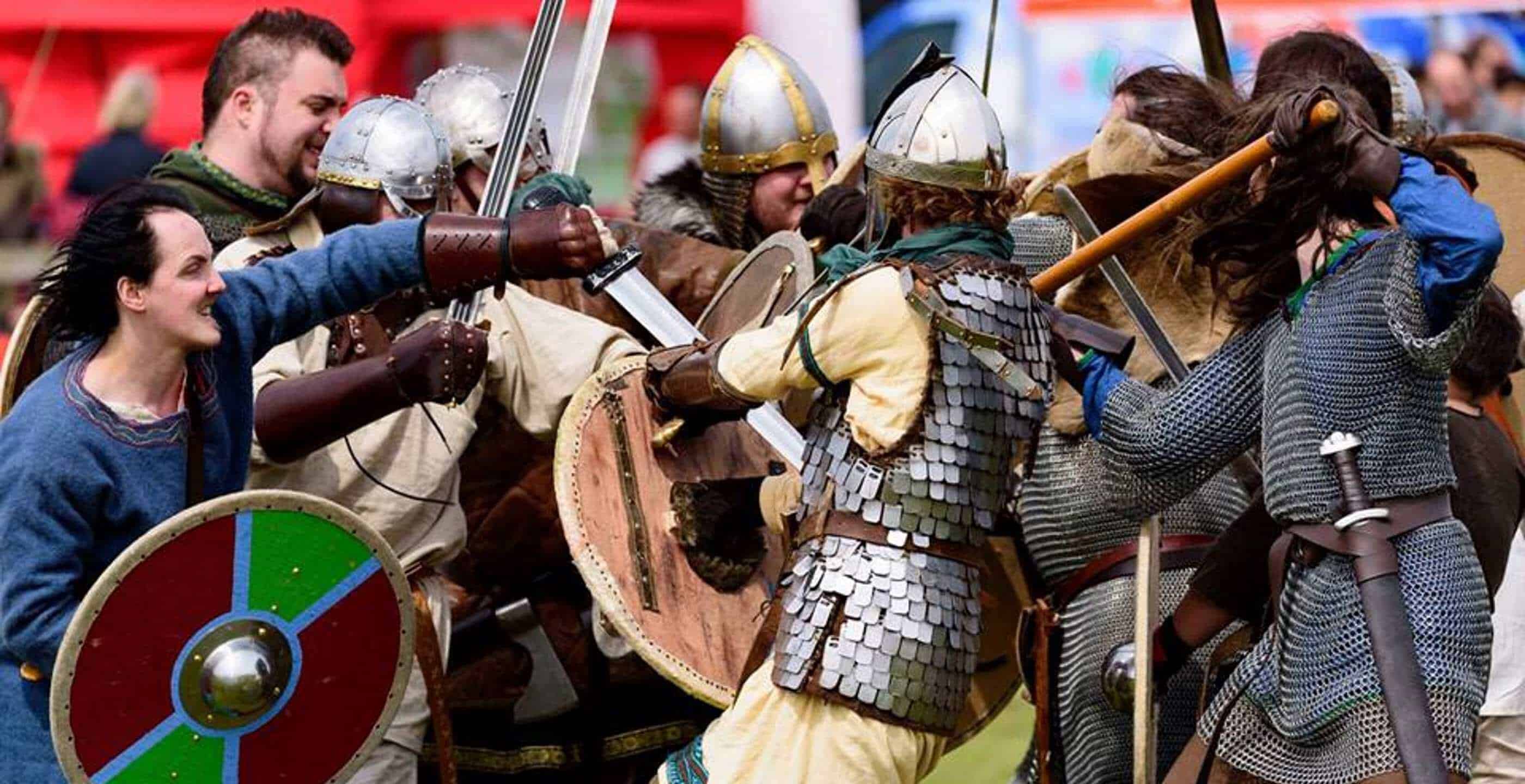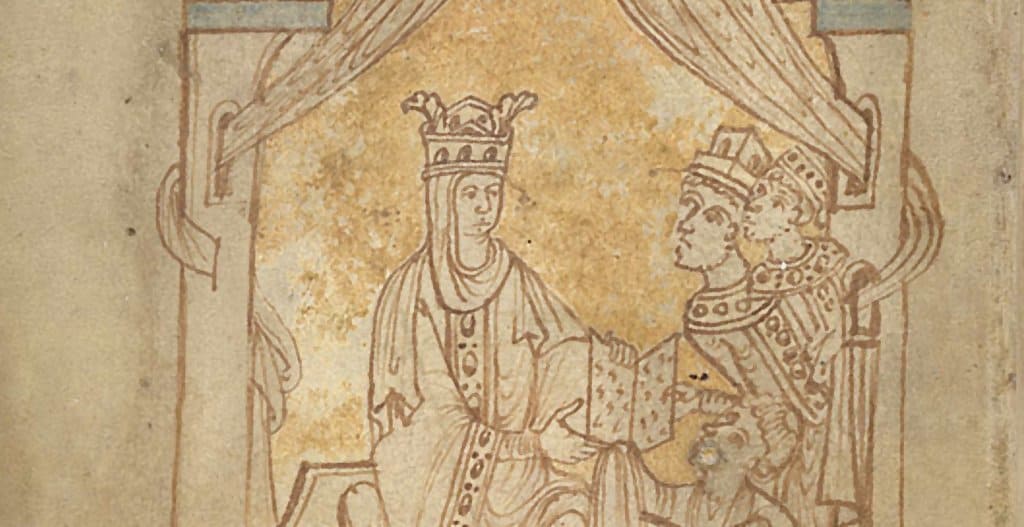The St Brice’s Day massacre is a little known event in English History. The crowning moment in a reign that earned King Aethelred the nickname Aethelred the Unready (or ill advised), it took place on 13th November 1002 and resulted in widespread violence, upheaval and invasion. While the extent to which it deserves the title ‘massacre’ can be debated, it is undoubted that the impact of the St Brice’s Day massacre was significant.

Repeated Viking raids had savaged the lands of England since the first attack in 792AD. The attack on the monastery at Lindisfarne, one of the holiest places in England, marked the Vikings out as warriors who feared nobody, not even the wrath of God. To Christian England, they seemed fearsome and some believed they were sent as a punishment from God. Their more earthly intentions soon became apparent as they stripped the northern cities of gold and precious objects, and began to take land and settle. By the time the Great Heathen Army had conquered northern and eastern England in the 870s, many in England despised their conquerors and feared their power, no longer awestruck by the perceived divine origins.
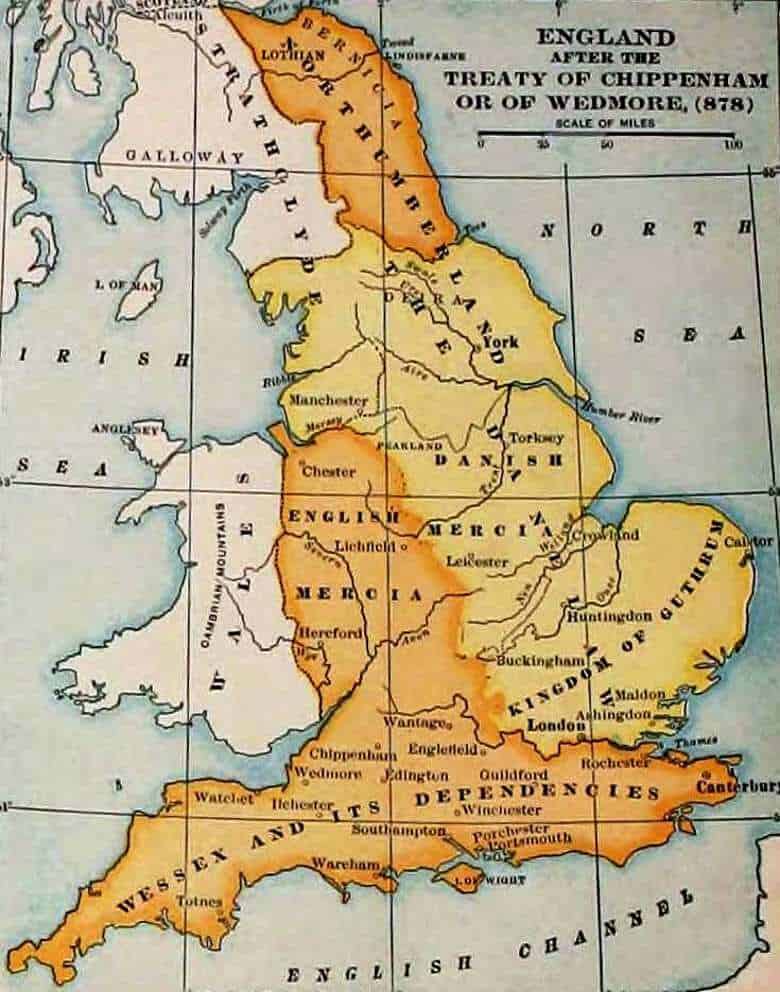
The Danelaw was established in the north and east of England as the Vikings took control and ripped apart the established Anglo-Saxon heptarchy. Northumbria, East Anglia, Essex and large swathes of Mercia fell to the Viking assault, leaving Wessex and its dependencies standing as the last bastion of Anglo-Saxon England. The Danelaw was inhabited by mostly Danish and Scandinavian settlers. It was governed by their laws and traditions although they did not impose any change of religion on the English Christians.Map showing The Danelaw in yellow
The establishment of the Danelaw and the death of Eric Bloodaxe, Viking King of Northumbria, in 954 signalled the withdrawal of Viking forces and a cessation of violence for 25 years. However in 980 the raiders returned and began a new onslaught on port towns.
The Danegeld – the money that was needed to bribe the Viking raiders – was becoming increasingly burdensome for King Aethelred. The Viking raiders were difficult to deal with. As Viking influence had spread across Europe, they had also settled in continental Europe. Normandy in northern France was established in 918 and the Viking people there became known as Normans. They gave support to their fellow Northmen and allowed the Viking raiders to restock their vessels and rest between English raids.
Aethelred attempted to deal with the mounting crisis politically, and arranged a marriage to Emma of Normandy, a young Norman noblewoman. She helped to unite Danes and Anglo-Saxons and had a lasting impact on English history, however their marriage did not have the immediate impact that Aethelred had hoped for. In his haste for a solution to the problem, he decided to use an upcoming holy day to assert his authority.
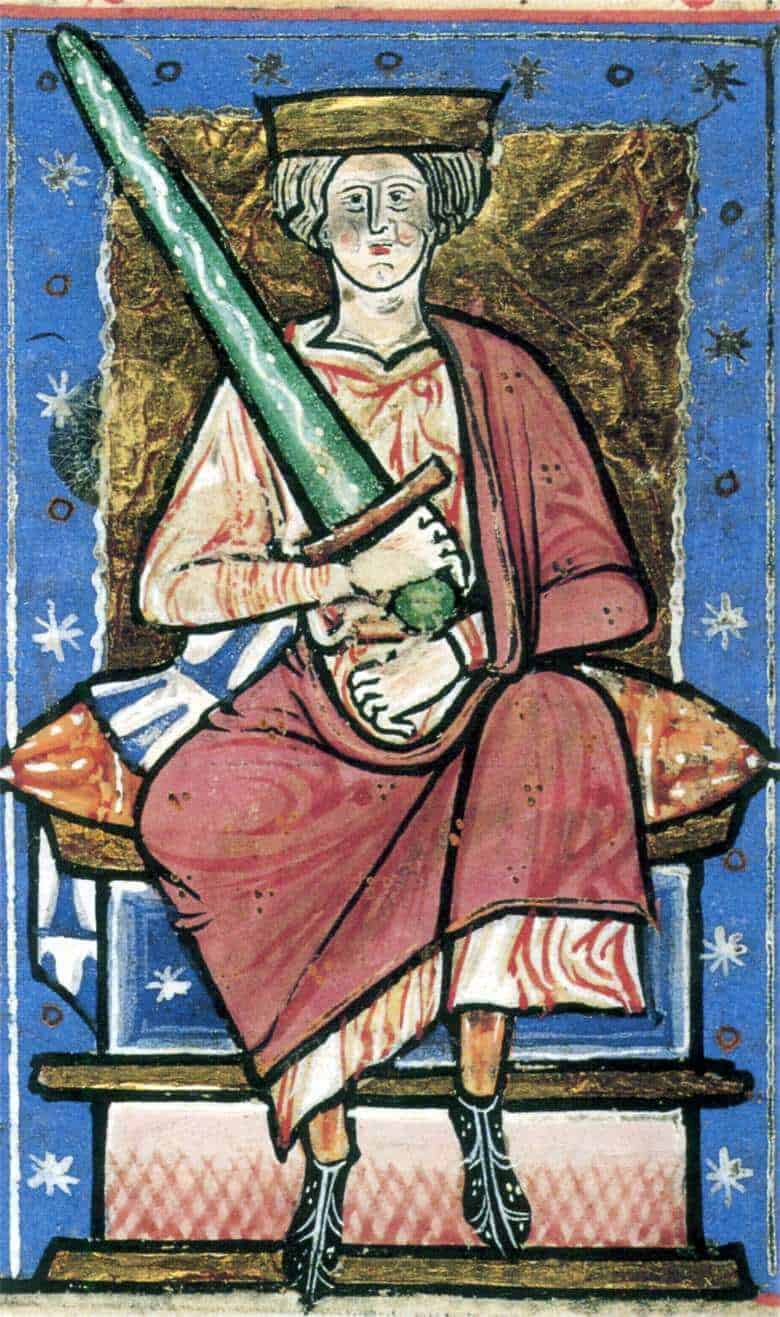
St Brice’s Day was set as the date for a massacre of all Danes living in English territory. Historical evidence is sketchy surrounding the exact number of those killed. The Danelaw would not have been involved, however the evidence suggests that border settlements in towns such as Oxford were sites of massacres.
In 2008 at St John’s College in Oxford, a burial site was discovered holding the bodies of over 35 Viking warriors. The skeletons showed evidence of violent death; many of the attacks appeared to have been from behind, demonstrating a link to the idea of a massacre.
The order that had come from Aethelred was in response to a direct threat to his person. He had been told that the Danes in England would ‘faithlessly take his life, and then all his councillors and then possess his kingdom’. His call to arms would not have fallen on deaf ears. Years of Viking raids and the resultant economic hardship in some areas of Anglo-Saxon England had left many with a score to settle.
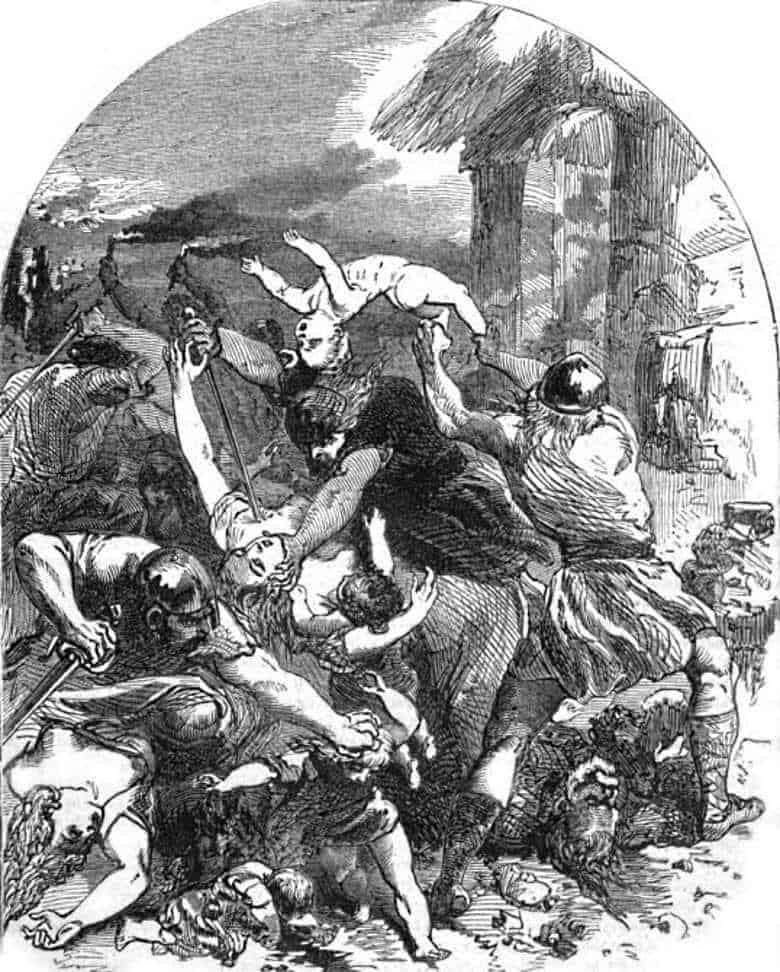
While we can’t be sure how many Danes perished in the St Brice’s Day massacre it is clear that Gunhilde, the sister of the Danish King Sweyn Forkbeard perished in the attack. She was married to a Dane, Pallig Tokesen, who had been created Earl of Devon by Aethelred.
Gunhilde’s death marked a shift in the Viking onslaught. Instead of lightning raiders that appeared and disappeared, Sweyn now mounted continual attacks lasting over a decade. By 1013 Aethelred, Emma of Normandy and Aethelred’s sons had been forced into exile.
While not significant in the history books, the St Brice’s Day massacre was a consequence of repeated assaults on England and an Anglo-Saxon attempt at asserting their authority within their own country. However the impact was far from what was intended, with the loss of the Anglo Saxon crown to first Sweyn Forkbeard and then Cnut. However, political machinations led to the marriage of Cnut, Sweyn’s son to Aethelred’s widow. In this way the Anglo-Saxons were pacified and they would be led by one of their own again with the reign of Edward the Confessor, the son of Aethelred and Emma of Normandy, in 1043.
